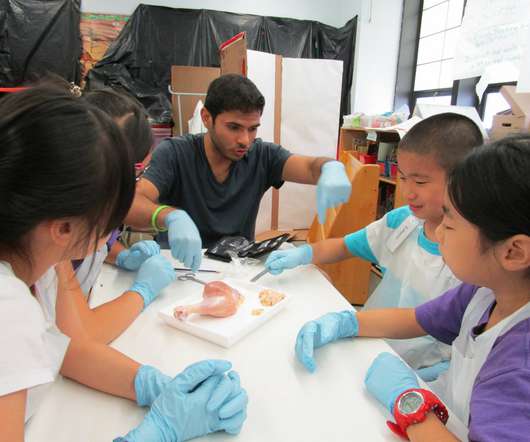OPINION: Why school shutdowns are a disaster for science classes
The Hechinger Report
DECEMBER 22, 2020
For many of these students and others coming from low-income backgrounds, science knowledge gaps exist even prior to kindergarten entry but become gravely amplified in primary and secondary schools. Unsurprisingly, such foundational STEM disparities extend far beyond secondary school education. In the U.S.,














Let's personalize your content